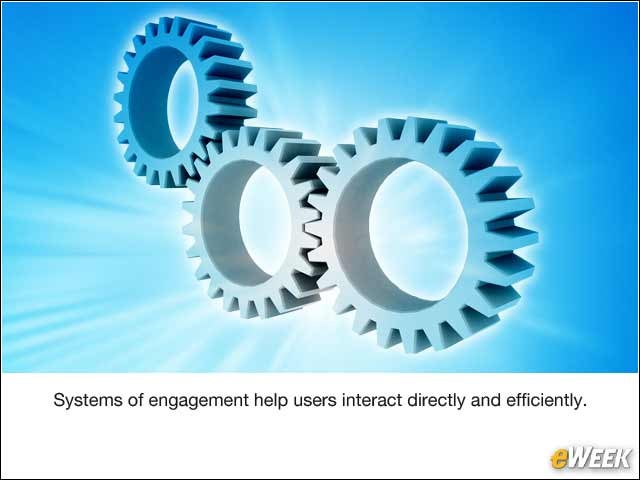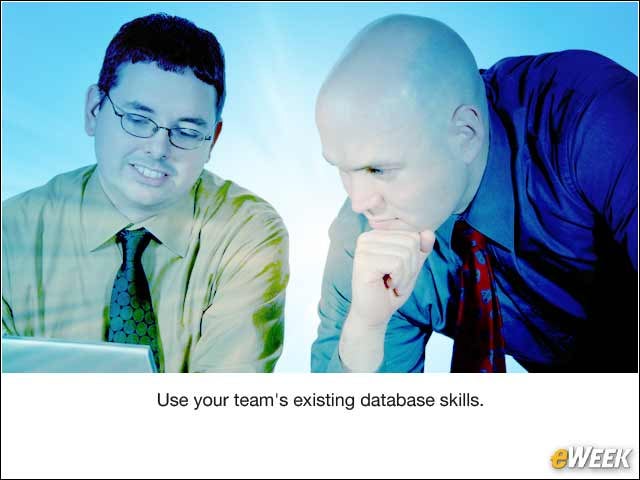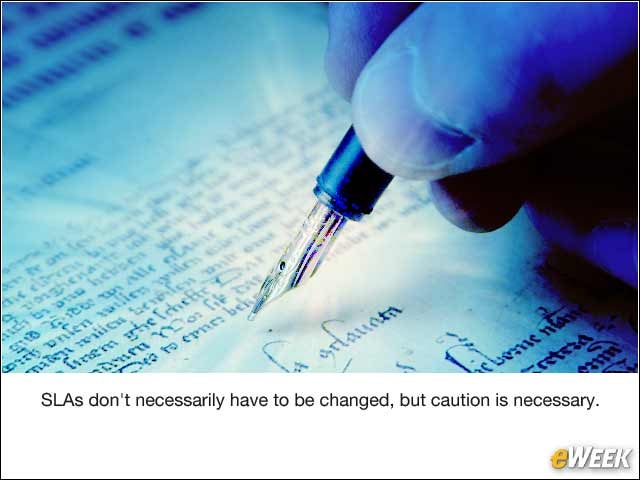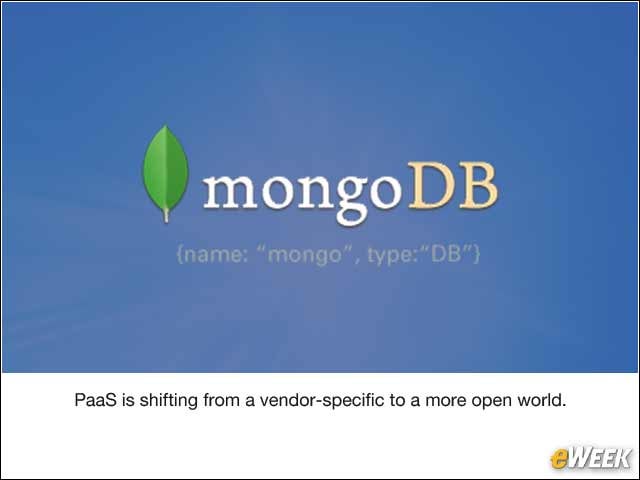eWEEK content and product recommendations are editorially independent. We may make money when you click on links to our partners. Learn More.
2Identify the Right Database
The big data landscape includes many different buckets. Hadoop and MapReduce programming applies to offline data, where everything is processed in a batch. The NoSQL category is rather coarse and includes several types of data models: column data store, document store, graph data and key-value store. The document-store model provides wide functionality, as well as scale, and seems to be the winner in many use cases.
3Recognize Value of the ‘Engagement System’ Model
IT systems are evolving from a system of record (accounts payable, ERP, CRM, SCM) to “systems of engagement,” where users (customers, partners, internal users) can interact directly and efficiently, thanks to emerging database technologies. MetLife recently built an application that provides a 360-degree view of the customer; the system uses information from 20 legacy systems of record. The project was developed and deployed in three months using NoSQL technology.
4Cloud Often Lowers TCO
Cloud computing enables CIOs to lower the total cost of ownership (TCO) when testing and deploying new technologies and systems. As operational expenses rise each year, TCO continues to be a big concern for CIOs. One way of modernizing the IT systems built long ago, without taking on new capital expenses, is to deploy the new technologies via the cloud. ADP recently used a NoSQL database as the big data platform-as-a-service (PaaS) for private cloud deployment.
5Speed Is Key in Developing Data-Intensive Apps
Traditional database applications take a long time due to schema rigidity—generally meaning inflexibility to data structure changes—and mismatch between programming language and the row-column model of data. Using the simplicity of NoSQL, customers are able to increase coding velocity for fast and iterative application construction.
6Use Your Existing Database Talent to Learn New IT
7Data Variety Causes the Most Issues
Data volume is not the big issue for most CIOs; it’s the data variety. They now have to deal with text, email, images, multimedia, machine data, and geo-spatial data. How do emerging databases handle this variety? NoSQL technologies were built primarily to address the data variety issue. Castlight Health wanted to use geo-spatial data to locate doctors and hospitals. They could successfully deploy a NoSQL technology to do that efficiently. The data model, indexing and search capabilities are the enabling factors.
8Changing Database SLAs Can Be Tricky
Many new database technologies are relatively immature. CIOs often wonder if they can maintain service-level agreements (SLAs) if they decide to adopt new ones. The answer is yes, but with qualifications. Compared with legacy database systems, the management and operation of a NoSQL product is much simpler, and many enterprises are able to use its management capabilities to ensure their SLAs are met. But it’s worth noting that this is an evolving area and can be a slippery slope.
9Know the Differing Values of Document-Centric and Graph Databases
Certain types of data fit well with the graph data model, especially where navigation of multi-level relationships becomes crucial. The price paid for this is complexity in programming. Document-centric data models are ideal for many types of data, and corresponding JavaScript Object Notation (JSON) programming has proven to be easy and efficient, yielding high coding velocity and productivity. JSON is a lightweight data-interchange format that is easy for humans to read and write and for machines to parse and generate.
10NoSQL Has Plenty of Support
NoSQL databases typically have a support structure to help build and run mission-critical transactional systems. With the rapid growth of the NoSQL community across the globe, there are field-support professionals in all major regions to lend a hand as needed. Also, many of the NoSQL organizations are actively signing partners that provide their technologies as a service.
11New-Gen Cloud Apps Will Use New Databases
Future software-as-a-service applications will be built on NoSQL databases like MongoDB. PaaS is moving from a vendor-specific to a more open world, such as Cloud Foundry from Pivotal. MongoDB, for example, will be part of vendor-specific as well as vendor-neutral PaaS offerings, as it addresses the data part. Cloud Foundry includes MongoDB as part of its core services.










